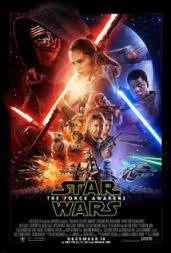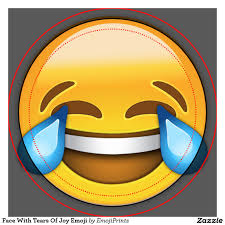Color of the Year 2016
I continue to be completely, and probably irrationally fascinated with Pantone's 'Color of the Year' designation and process.
In case you are unfamiliar (shock!), with Pantone and the Color of the Year designation here is all you need to know. Pantone is the world's leading authority on color, color systems, and publishes the industry standard definitions of colors. In other words that nice new orange shirt you just bought is not just 'orange' it is 'Pantone Persimmon Orange 16-1356 TPG'. Pantone provides guidelines and definitions for thousands of variations of colors, and it is the standard by which colors are classified.
Each year the color experts at Pantone declare one specific shade the 'Color of the Year'. This specific color, (in 2015 it is 'Marsala' in case you did not know), is meant to be a kind of reflection of trends in art, design, fashion, movies, popular culture, and branding and often will subsequently become more common in actual products like clothing and jewelry as a result of the Color of the Year designation. So perhaps if you think back on 2015 and think you have seen a lot of Marsala around - a 'subtly seductive shade that draws you in with its embracing warmth', you have Pantone to thank or blame.
So this week Pantone announced its choice for Color of the Year for 2016 and in a surprise the Color of the Year is actually two colors of the year - 'Rose Quartz' and 'Serenity', also known as sort of a light pink and light blue.
The rationale behind the choice of two colors of the year, and these two shades in particular?
Here's what Pantone's color experts had to say about the selections:
As consumers seek mindfulness and well-being as an antidote to modern day stresses, welcoming colors that psychologically fulfill our yearning for reassurance and security are becoming more prominent. Joined together, Rose Quartz and Serenity demonstrate an inherent balance between a warmer embracing rose tone and the cooler tranquil blue, reflecting connection and wellness as well as a soothing sense of order and peace.
The prevalent combination of Rose Quartz and Serenity also challenges traditional perceptions of color association.
In many parts of the world we are experiencing a gender blur as it relates to fashion, which has in turn impacted color trends throughout all other areas of design. This more unilateral approach to color is coinciding with societal movements toward gender equality and fluidity, the consumer's increased comfort with using color as a form of expression, a generation that has less concern about being typecast or judged and an open exchange of digital information that has opened our eyes to different approaches to color usage.
So what, if anything, should any of us care about what Pantone says about culture, trends, society, fashion, and how we all are collectively feeling - expressed through the colors we are seeing and using more and more?
I suppose the main thing to think about is right in the verbiage Pantone used to describe their thinking processes behind these selections. The words soothing, tranquil, reassurance, security, and wellness all show up in the first paragraph. Pantone is suggesting that the colors we will seek in 2016 will be ones like Serenity and Rose Quartz, hues that (if such a thing is possible), will help to make us feel better, safer, more secure, more at home perhaps.
Recent news events from Paris to San Bernardino and a thousand places in between remind us all too often that the world continues to be a strange, mysterious, and sometimes scary place.
The colors we choose say plenty about us, about who we are, how we feel, and perhaps how we want to feel.
What do you think? Ready to rock plenty of Serenity and Rose Quartz in 2016?
Have a great weekend!

 Steve
Steve


